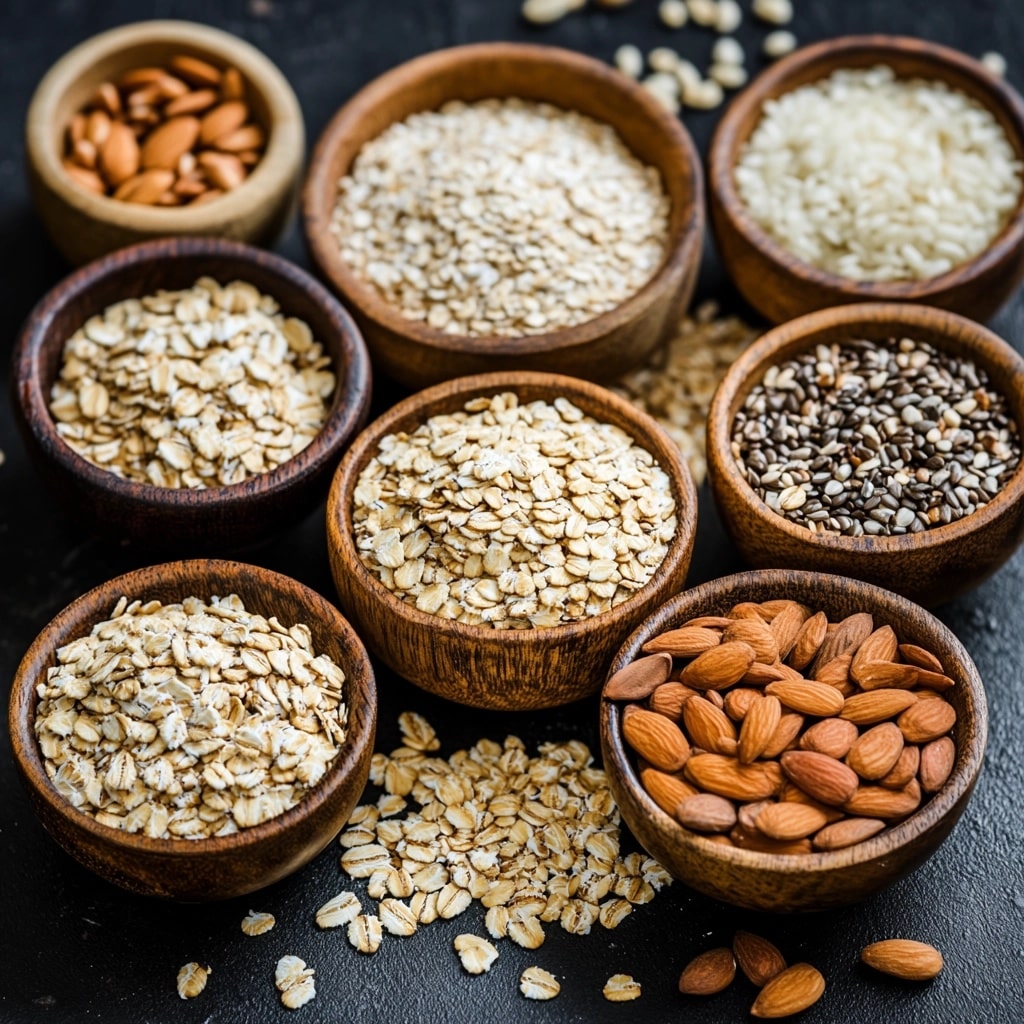
Finding good substitutes for oats can be tough when you’re trying to mix up your breakfast routine or have dietary restrictions. Many people feel stuck with oats as their only option for a filling morning meal.
Good news – you don’t need to limit yourself. There are plenty of nutritious alternatives that can give you the same satisfaction and health benefits as oats.
In this guide, we’ll show you 13 excellent oat substitutes that work perfectly in your favorite recipes.
From quinoa to buckwheat, you’ll learn about options that match oats’ nutrition, taste, and texture. Each alternative comes with simple tips on how to prepare and use them in your meals.
Top Alternative of Oats
1. Quinoa Flakes
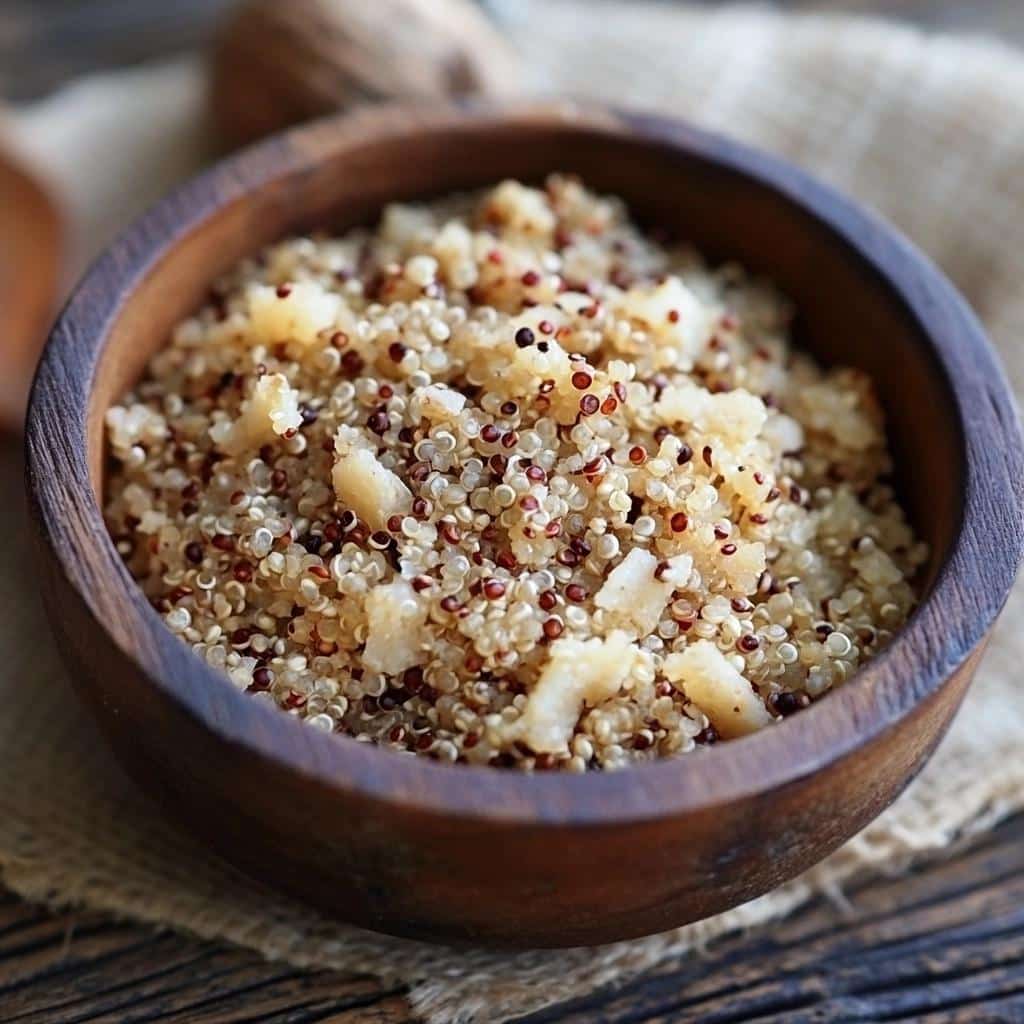
Quinoa flakes are a nutritious, protein-rich alternative to oats, offering all nine essential amino acids. They are quick to cook and have a mild, nutty flavor that pairs well with both sweet and savory toppings.
Ingredients:
- 1 cup quinoa flakes
- 2 cups milk or water
- Optional toppings: fresh fruits, nuts, honey, or maple syrup
How to Make:
- Add 1 cup of quinoa flakes to a pot with 2 cups of milk or water.
- Bring to a gentle boil and reduce the heat to low.
- Stir frequently for about 3–5 minutes until the flakes absorb the liquid and the mixture thickens.
- Serve warm with toppings like fresh fruits, nuts, and a drizzle of honey.
2. Chia Seeds
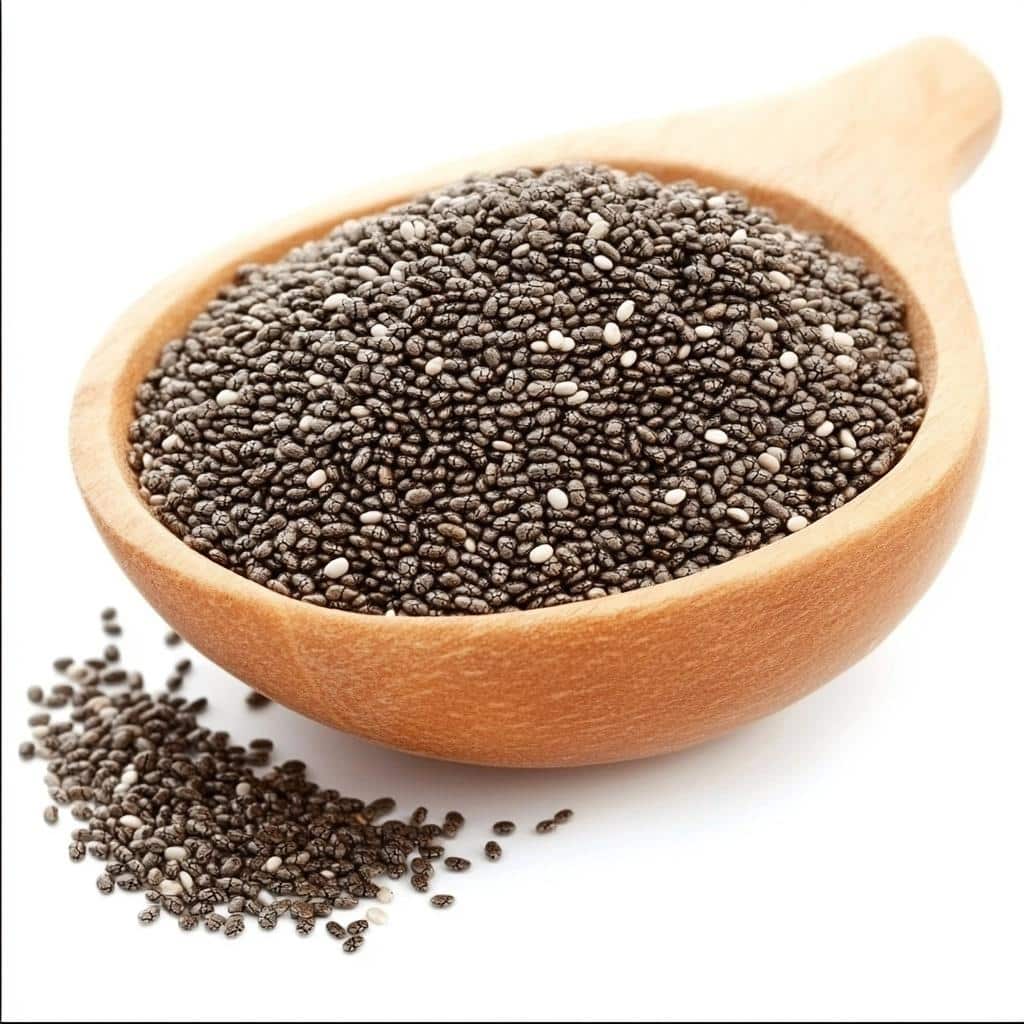
Chia seeds are tiny, nutrient-packed powerhouses, known for their high omega-3, fiber, and protein content. When mixed with liquid, they swell into a gel-like consistency, making them a perfect no-cook substitute for oats in breakfast recipes.
Ingredients:
- 3 tablespoons chia seeds
- 1 cup milk or a milk alternative
- Optional toppings: fruits, nuts, granola, or sweeteners
How to Make:
- Combine 3 tablespoons of chia seeds with 1 cup of milk or a milk alternative in a bowl or jar.
- Stir well to prevent clumping.
- Let it sit for at least 15–30 minutes or refrigerate overnight for a thicker consistency.
- Top with fruits, nuts, or granola before serving.
3. Buckwheat Groats
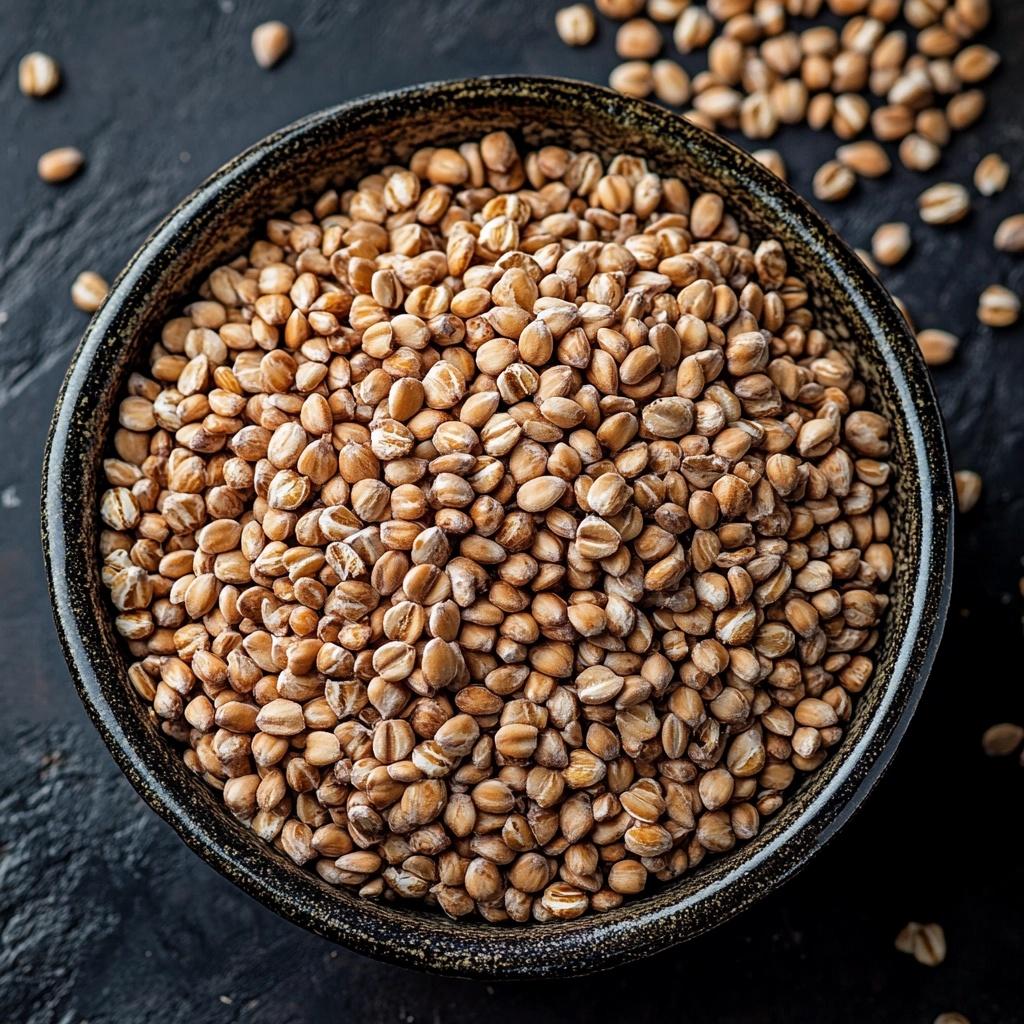
Buckwheat groats are a gluten-free, nutrient-dense seed with a nutty flavor and chewy texture. Rich in antioxidants and fiber, they are perfect for those looking for a wholesome start to their day.
Ingredients:
- 1 cup buckwheat groats
- 2 cups water or milk
- Optional toppings: berries, nuts, yogurt, or sweeteners
How to Make:
- Rinse 1 cup of buckwheat groats under cold water to remove any residue.
- In a pot, bring 2 cups of water or milk to a boil.
- Add the groats, reduce heat to low, and simmer for 10–15 minutes until tender, stirring occasionally.
- Serve warm with your choice of toppings, such as berries, nuts, or a dollop of yogurt.
4. Rice Flakes
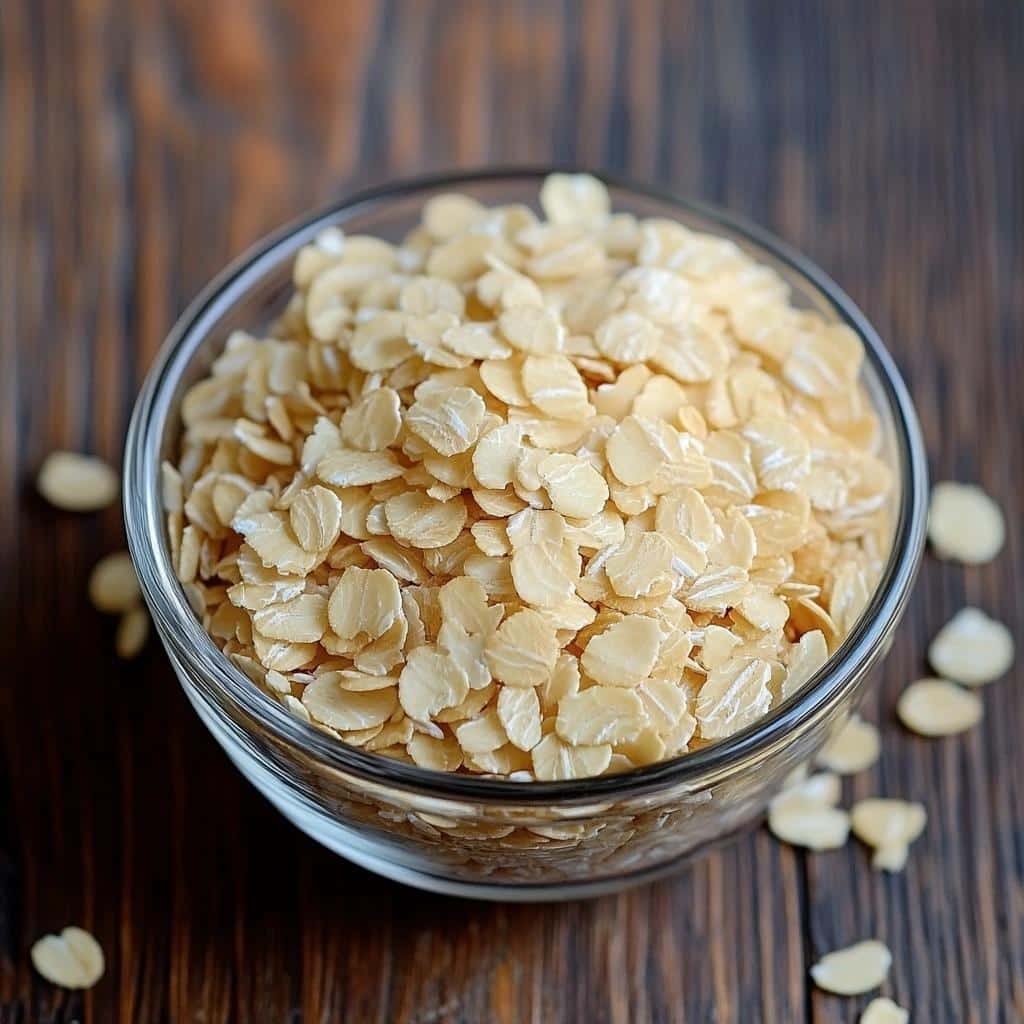
Rice flakes, also known as poha, are a lightweight, gluten-free option often used in Indian cuisine. They are made by flattening parboiled rice and are a quick alternative to oats. Their neutral flavor makes them versatile for both sweet and savory recipes.
Ingredients:
- 1 cup rice flakes
- 1 cup milk or water
- Optional toppings: sugar, honey, nuts, fruits, or spices like cardamom
How to Make:
- Rinse the rice flakes gently under cold water and drain well.
- Heat 1 cup of milk or water in a pan until warm.
- Add the rice flakes and stir for 2–3 minutes until softened.
- Serve warm with your preferred toppings like nuts, fruits, or a sprinkle of cardamom for added flavor.
5. Amaranth
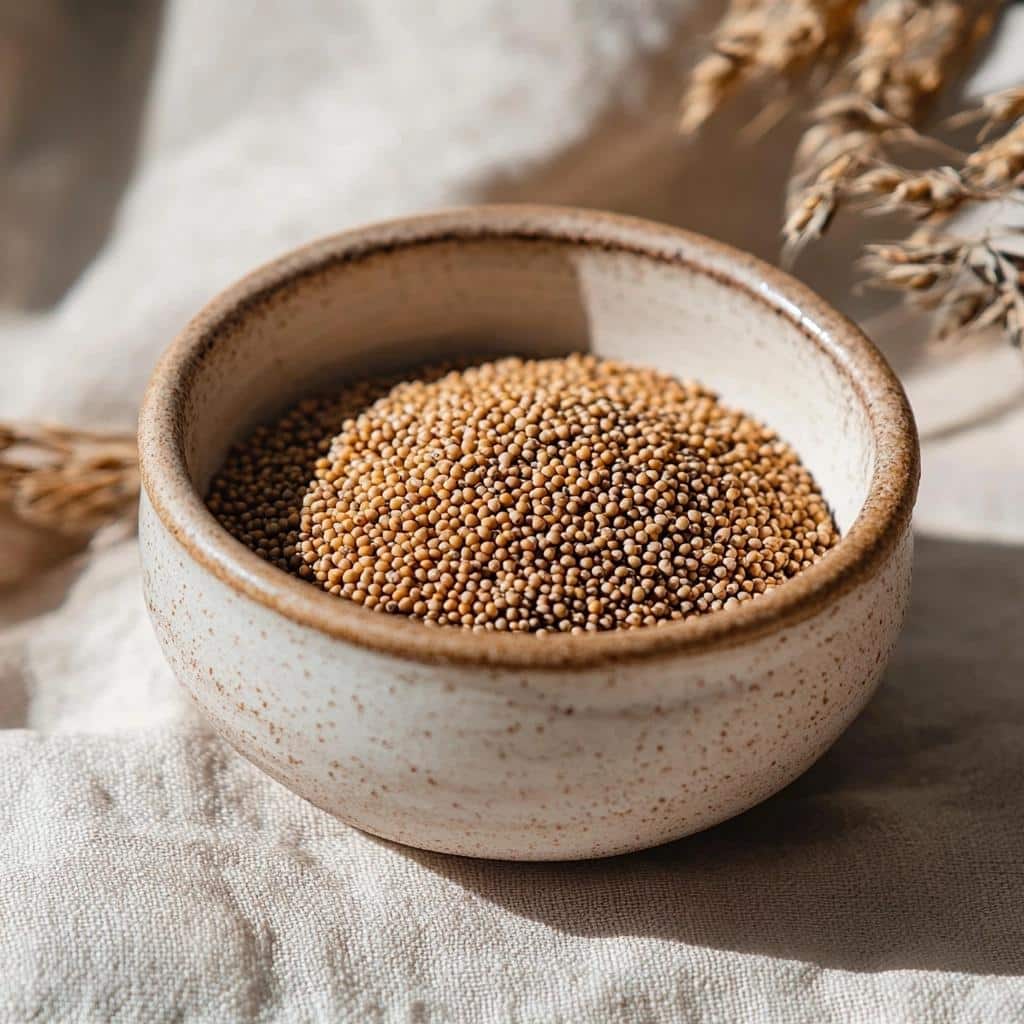
Amaranth is a protein-rich, gluten-free grain known for its slightly nutty flavor. It’s an excellent choice for porridge, providing a hearty and nutrient-dense breakfast alternative to oats.
Ingredients:
- 1 cup amaranth
- 2 cups water or milk
- Optional toppings: cinnamon, dried fruits, nuts, or sweeteners
How to Make:
- Rinse 1 cup of amaranth under cold water.
- In a pot, bring 2 cups of water or milk to a boil.
- Add the amaranth, reduce heat to low, and simmer for 20–25 minutes, stirring occasionally, until it reaches a porridge-like consistency.
- Serve warm with toppings like cinnamon, dried fruits, or a drizzle of honey.
6. Barley Flakes
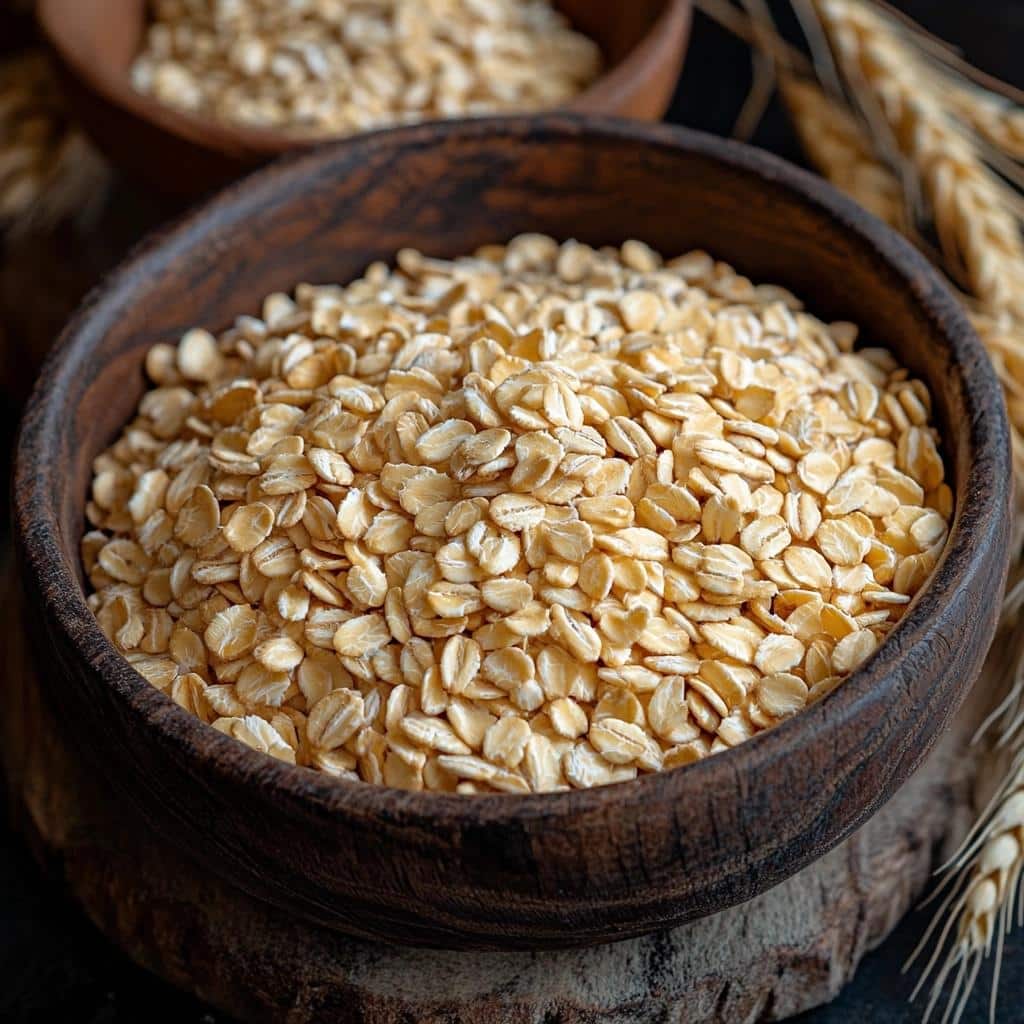
Barley flakes are a wholesome and hearty substitute for oats, with a slightly chewy texture and nutty flavor. They are high in fiber and are great for a filling breakfast or a base for granola.
Ingredients:
- 1 cup barley flakes
- 2 cups milk or water
- Optional toppings: fresh fruits, seeds, yogurt, or sweeteners
How to Make:
- Add 1 cup of barley flakes and 2 cups of milk or water to a pot.
- Bring to a gentle boil, then reduce heat to low.
- Stir and cook for about 10–15 minutes, or until the barley flakes are tender and creamy.
- Serve with toppings like fresh fruits, seeds, or a dollop of yogurt for extra richness.
7. Millet
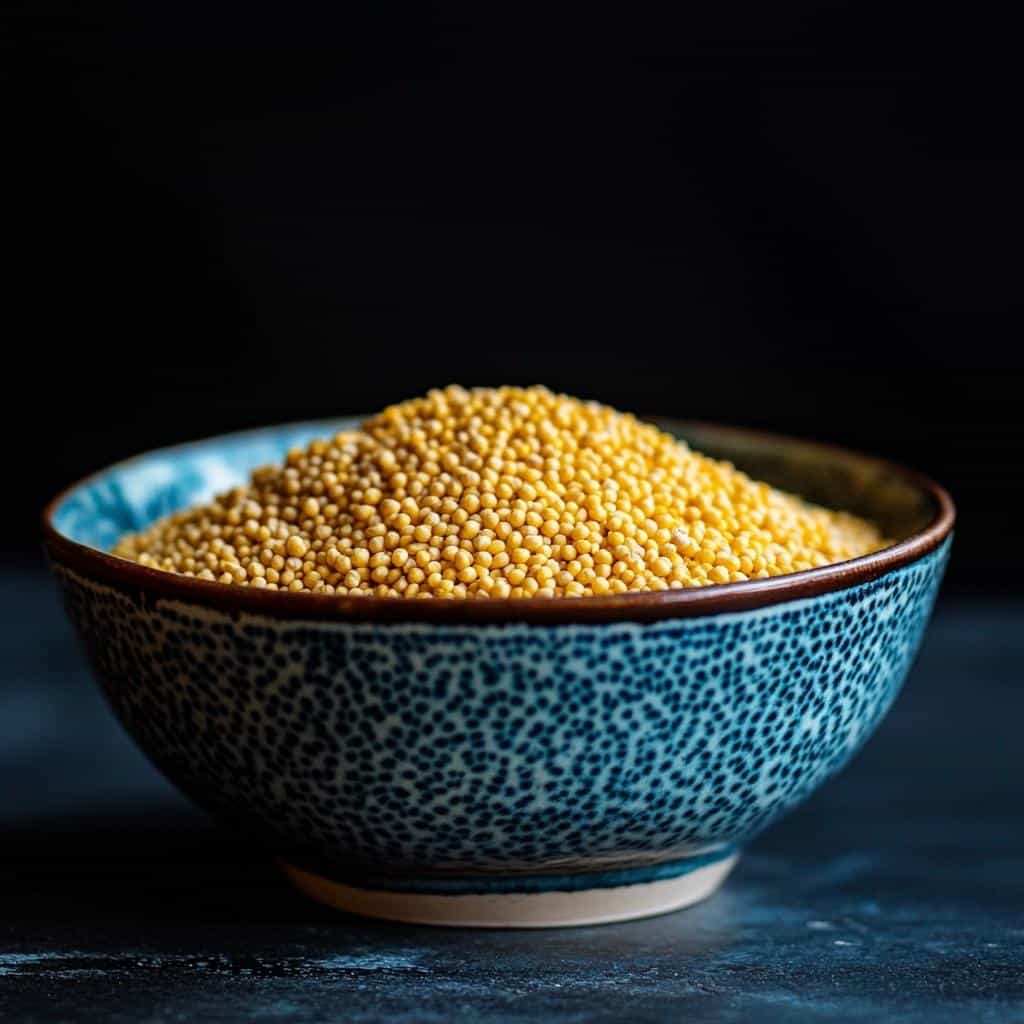
Millet is a small, gluten-free grain known for its mild flavor and high nutritional value. It is a versatile option that can be cooked into a creamy porridge or used as a base for breakfast bowls. Rich in magnesium and fiber, it’s a great way to start the day.
Ingredients:
- 1 cup millet
- 2.5 cups water or milk
- Optional toppings: dried fruits, nuts, spices like cinnamon, or sweeteners
How to Make:
- Rinse 1 cup of millet under cold water.
- In a pot, bring 2.5 cups of water or milk to a boil.
- Add the millet, reduce the heat to low, and cover.
- Simmer for 20–25 minutes, stirring occasionally, until the millet is tender and creamy.
- Serve warm with toppings like dried fruits, nuts, or a sprinkle of cinnamon.
8. Coconut Flakes
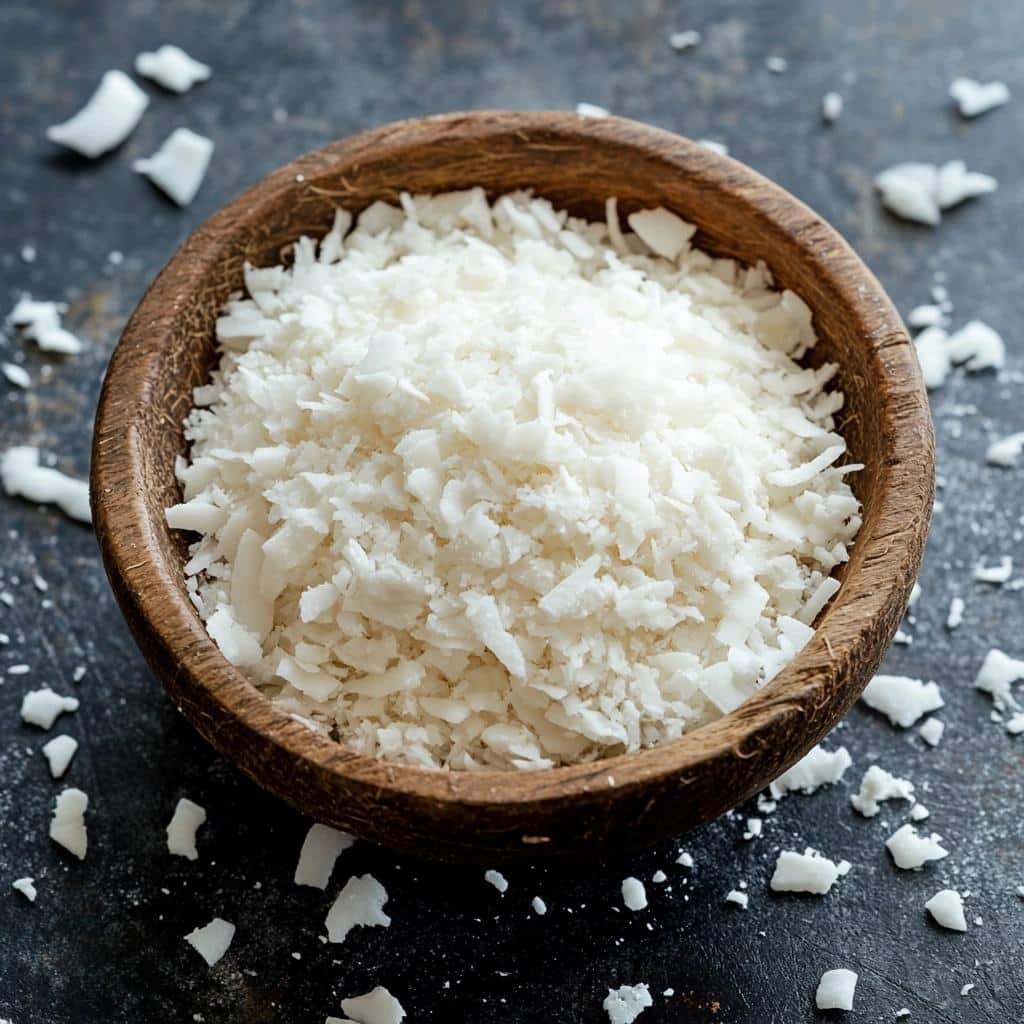
Coconut flakes are a naturally sweet and tropical alternative to oats, adding flavor and texture to recipes. They are rich in healthy fats and fiber, making them a great addition to breakfast bowls or snacks.
Ingredients:
- 1 cup unsweetened coconut flakes
- 1 cup milk or a milk alternative
- Optional toppings: fruits, nuts, seeds, or a drizzle of honey
How to Make:
- Heat 1 cup of milk or a milk alternative in a pan until warm.
- Add the coconut flakes and stir well.
- Let them soak for about 5 minutes, stirring occasionally, until they absorb the liquid and soften.
- Serve with your favorite toppings, such as fresh fruits or a sprinkle of seeds.
9. Almond Flour
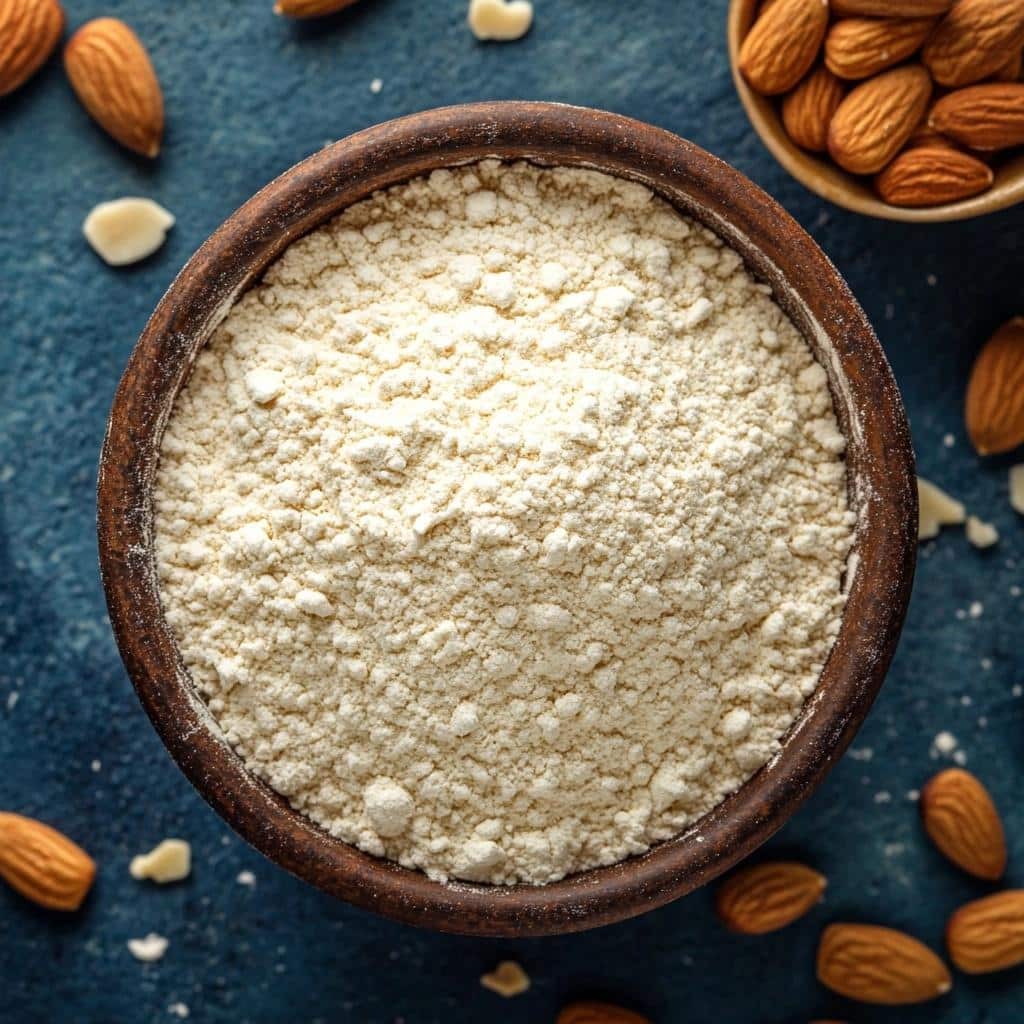
Almond flour, made from finely ground almonds, is a low-carb and gluten-free substitute for oats in certain recipes. It works well for porridge, is excellent for baking, and can add a rich, nutty flavor to muffins, pancakes, or cookies.
Ingredients:
- 1 cup almond flour
- 2 tablespoons coconut flour (optional for thicker consistency)
- 1 cup milk or a milk alternative
- Optional toppings: cinnamon, fruits, or nuts
How to Make (as a porridge alternative):
- In a pot, mix 1 cup of almond flour with 1 cup of milk or a milk alternative.
- Heat the mixture on low, stirring constantly to prevent clumps.
- Add 2 tablespoons of coconut flour for a thicker texture, if desired.
- Cook for 5–7 minutes until creamy.
- Serve with toppings like cinnamon or fresh fruits.
10. Rye Flakes
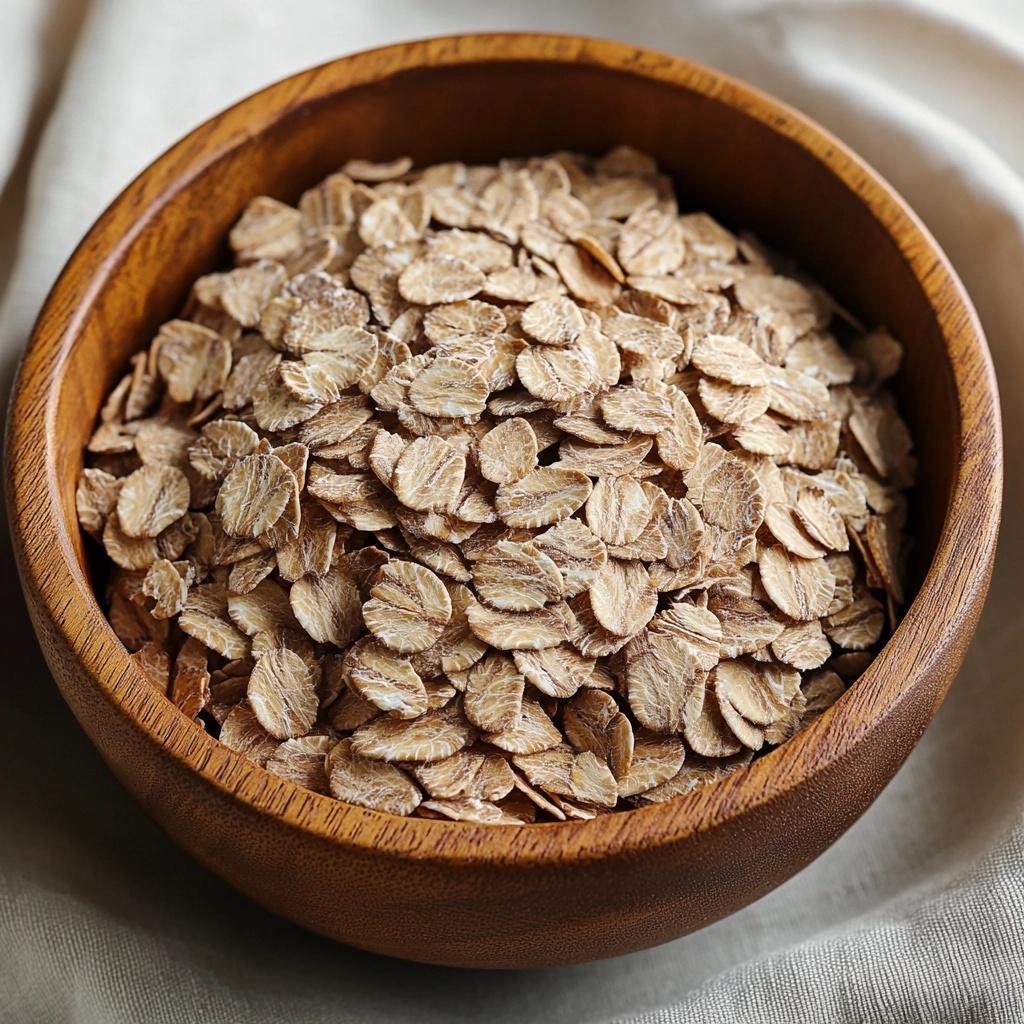
Rye flakes are a hearty and nutritious alternative to oats with a distinct earthy flavor. They are rich in fiber, vitamins, and minerals, making them an excellent choice for a wholesome breakfast.
Ingredients:
- 1 cup rye flakes
- 2 cups water or milk
- Optional toppings: fruits, seeds, honey, or yogurt
How to Make:
- Combine 1 cup of rye flakes with 2 cups of water or milk in a pot.
- Bring the mixture to a gentle boil, then reduce the heat to low.
- Simmer for 10–15 minutes, stirring occasionally, until the flakes are tender and creamy.
- Serve with your favorite toppings, such as fresh fruits or a dollop of yogurt.
11. Brown Rice
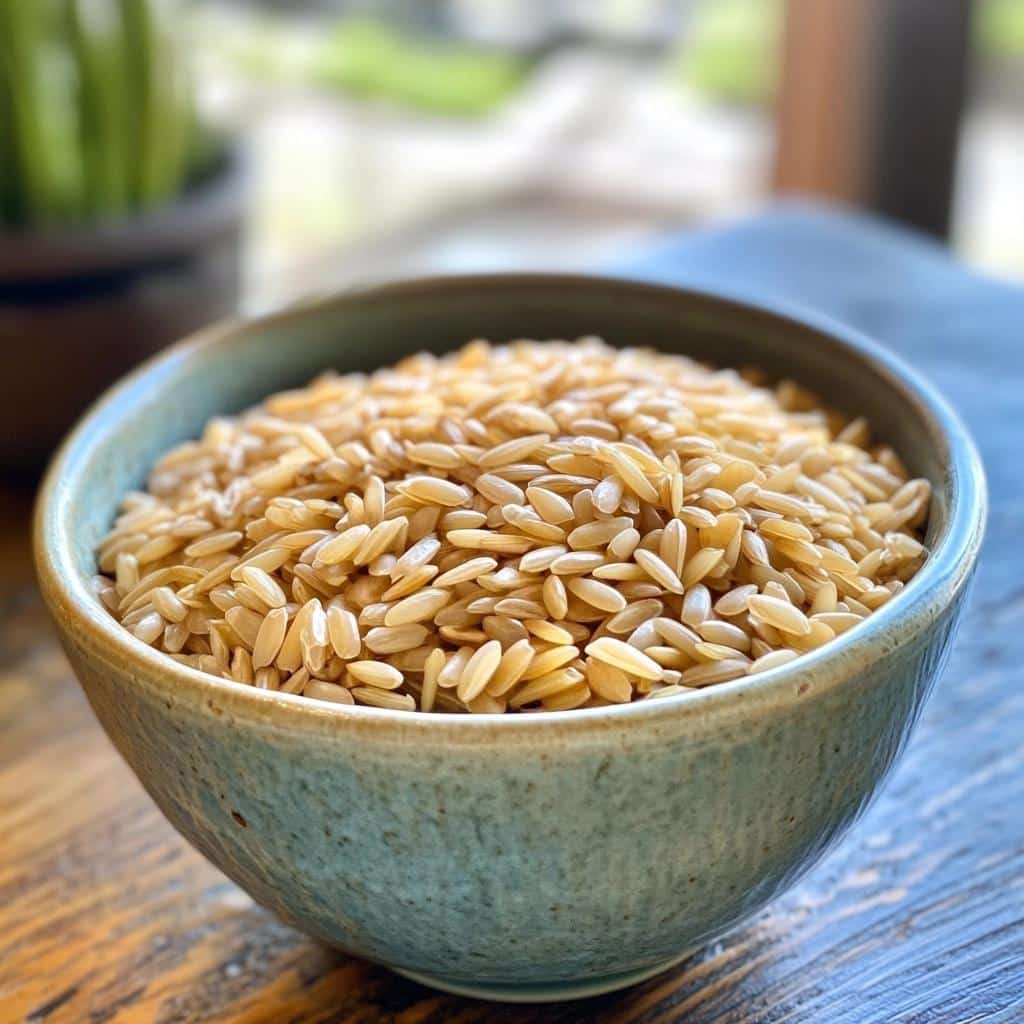
Brown rice, a whole-grain alternative to white rice, is a hearty and fiber-rich substitute for oats. Its slightly nutty flavor and chewy texture make it a versatile base for breakfast bowls or porridge.
Ingredients:
- 1 cup cooked brown rice
- 1 cup milk or a milk alternative
- Optional toppings: fresh fruits, nuts, or maple syrup
How to Make:
- In a pot, combine 1 cup of cooked brown rice with 1 cup of milk or a milk alternative.
- Heat over medium heat, stirring frequently, until the mixture becomes creamy (about 5–7 minutes).
- Serve warm with toppings like fruits, nuts, or a drizzle of maple syrup.
12. Ground Flaxseed
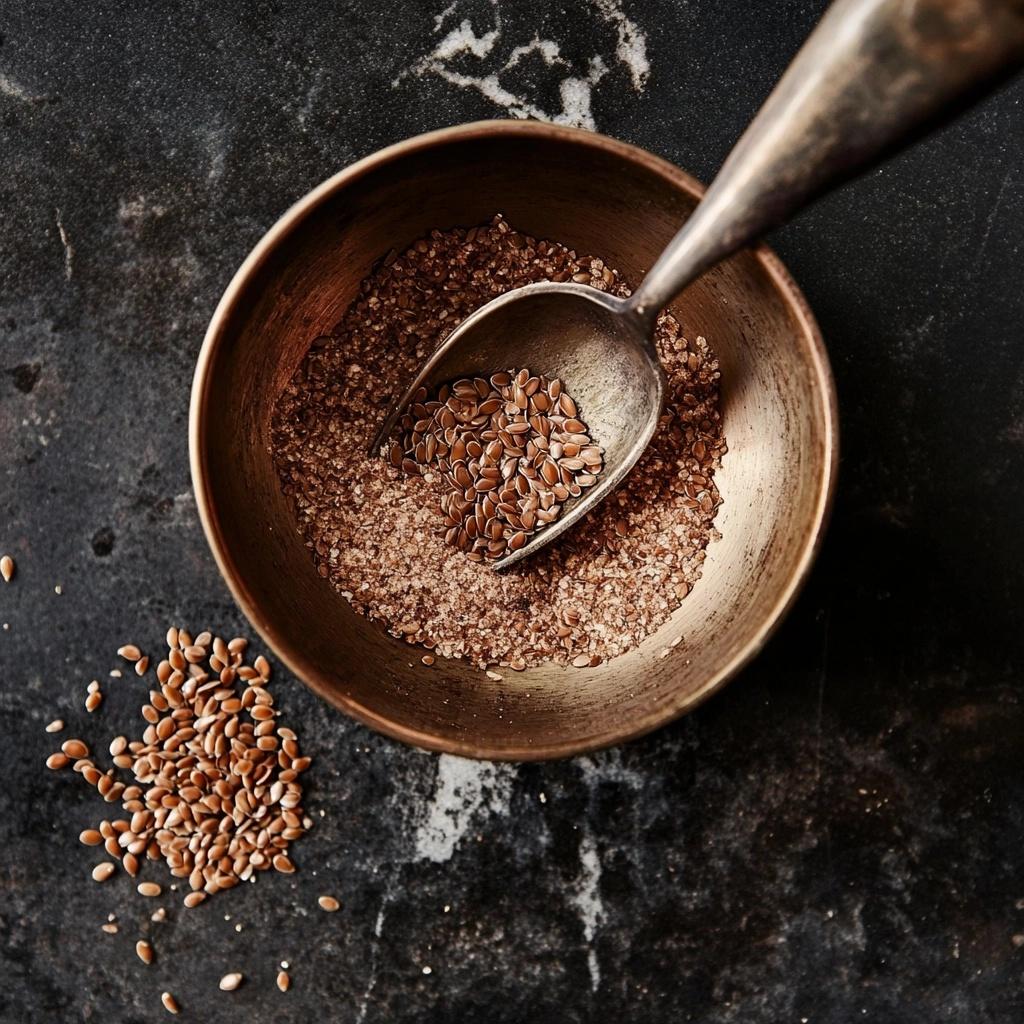
Ground flaxseed, also known as flaxseed meal, is a nutrient-dense substitute for oats, packed with omega-3 fatty acids, fiber, and protein. It has a slightly nutty flavor and works well as a porridge alternative or a thickener in recipes.
Ingredients:
- 1/4 cup ground flaxseed
- 1 cup milk or a milk alternative
- Optional toppings: fresh fruits, nuts, or a sprinkle of cinnamon
How to Make:
- Heat 1 cup of milk or a milk alternative in a small pot over medium heat.
- Stir in 1/4 cup of ground flaxseed and whisk to combine.
- Cook for 3–5 minutes, stirring frequently, until the mixture thickens.
- Serve with toppings like fruits or a drizzle of honey.
13. Teff
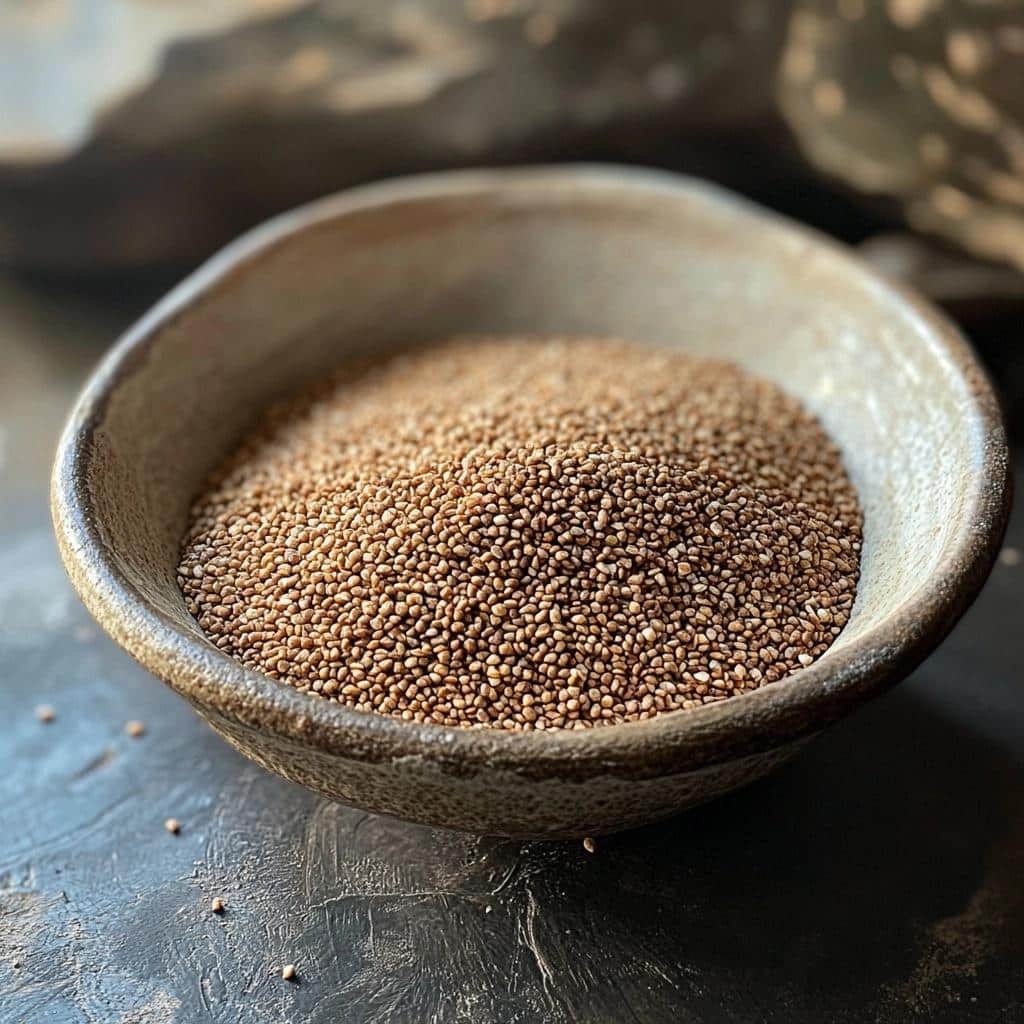
Teff is a small, nutrient-dense grain with a slightly nutty and earthy flavor. It is an excellent source of protein, calcium, and iron, making it a hearty substitute for oats. When cooked, teff creates a creamy porridge that’s perfect for breakfast.
Ingredients:
- 1 cup teff grains
- 3 cups water or milk
- Optional toppings: honey, nuts, or dried fruits
How to Make:
- In a pot, bring 3 cups of water or milk to a boil.
- Stir in 1 cup of teff grains and reduce the heat to low.
- Cover and simmer for 15–20 minutes, stirring occasionally, until the mixture becomes thick and creamy.
- Serve with toppings like nuts or a drizzle of honey.
Conclusion
Switching from oats doesn’t mean giving up tasty, nutritious breakfast options. Each of these 13 substitutes offers unique benefits while maintaining the comfort of a warm morning bowl.
From protein-rich quinoa to fiber-filled buckwheat, you now have choices that suit your dietary needs and taste preferences.
What matters most is finding alternatives that work for your lifestyle. These substitutes aren’t just replacements – they’re opportunities to bring variety to your meals while meeting your nutrition goals.
Ready to try something new? Start with one substitute tomorrow morning. Test different cooking methods and add your favorite toppings.
Share your experience in the comments below, or save this guide for later by bookmarking it.

